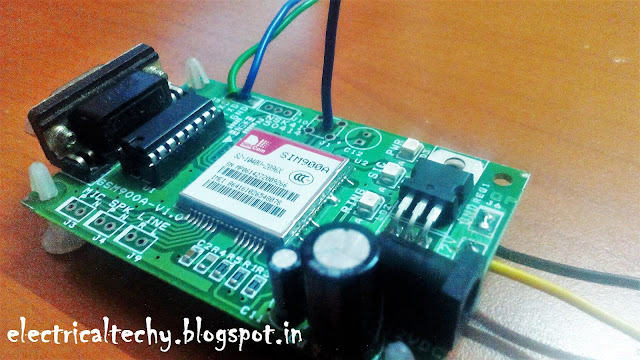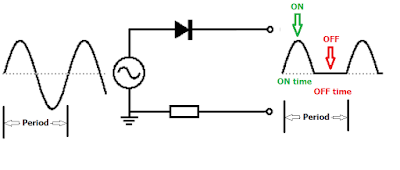Global Systems (GSM) AT Commands

Global System is a Protocol which is developed by the European Telecommunication Standard Institute (ETSI) to describe the II-Generation digital cellular devices. After a successful test in Finland. It is deployed to replace the Analog Communication (I-G) to the digital communication (II-G). Over 90% of mobile communication uses the GSM protocol to communicate and transfer the data. GSM Module GSM module is a mobile communication modem, GSM is an open and digital cellular technology used for transmitting mobile voice and data services operates at the 850 MHz, 900 MHz, 1800 MHz and 1900 MHz frequency bands. In India the network providers almost provide in the frequency of 900 MHz. GSM MODEM AT Commands AT commands which is traditionally called as AT tention commands which is used to communicate with the data transferring modules (Say: WiFi, Bluetooth, XBee, and of course GSM). It uses the two wire serial communication protocol. Modes of Communication


